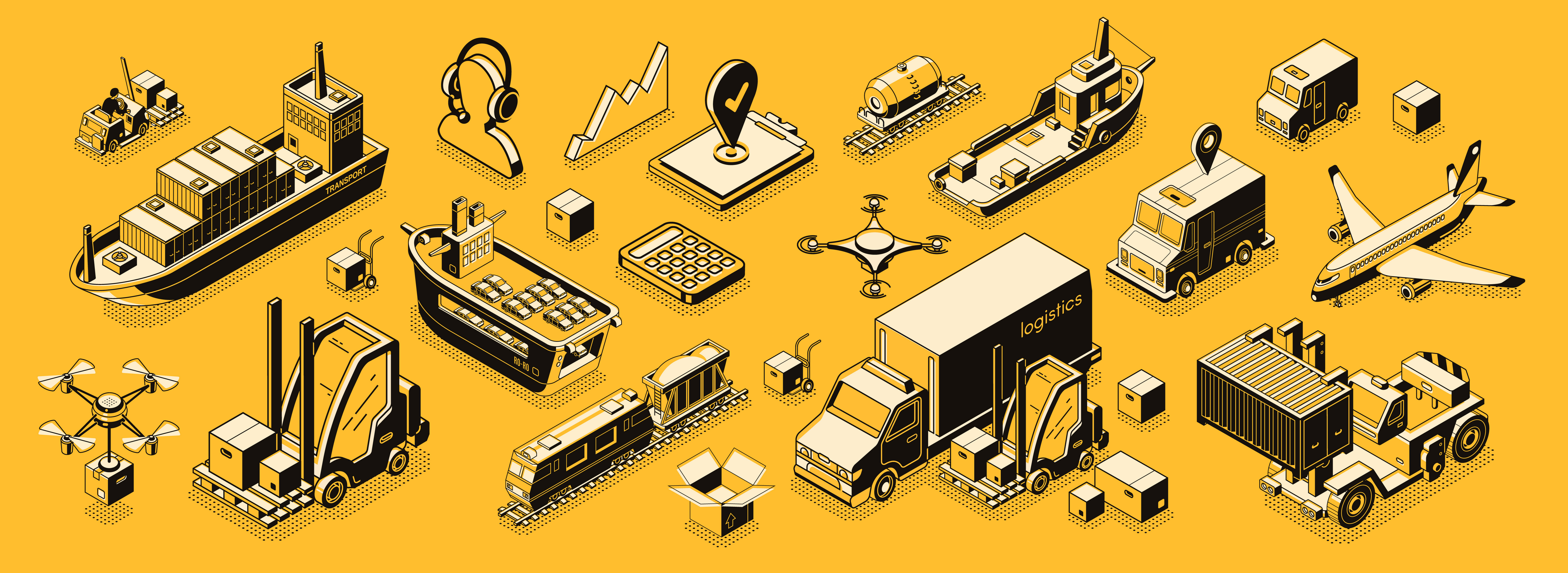Cross-Border Logistics: Best Practices for Seamless International Shipments
As businesses continue to expand their reach across the globe, cross-border logistics has become more crucial than ever. However, facilitating seamless international shipments doesn’t come without its challenges—from navigating customs regulations to overcoming language barriers and cultural differences. In this blog post, we scramble into best practices in 5 areas that can make your cross-border logistics as smooth as possible.
Understanding Regulations and Compliance
One of the biggest obstacles in cross-border logistics is navigating the labyrinth of regulations and compliance standards that differ from country to country. Here we list some of the tips you can follow:
Tips:
- Research extensively: Familiarize yourself with import and export rules for each country you'll be shipping to or from.
- Legal advice: Consult with legal experts who specialize in international trade laws.
- Customs broker: Consider hiring a customs broker to help you with customs entries, especially if you’re unfamiliar with the procedures.
Leveraging Technology for Documentation
Technology has been a game-changer for cross-border logistics, making documentation more manageable and accessible.
Tips:
- Electronic Data Interchange (EDI): This allows seamless exchange of documents like shipping manifests, customs paperwork, and invoices between parties.
- Global Tracking Systems: Look for carriers who utilize GPS and RFID tracking for real-time visibility on your shipments.
Addressing Cultural and Language Barriers
Miscommunication can result in delays and added costs. Understanding cultural norms and language specifics can enhance cooperation and efficiency.
Tips:
- Local Partnerships: Partner with local firms who understand the market and culture.
- Translation Services: Ensure that all documents are accurately translated and understood by all parties involved.
Efficient Transportation Modes
Choosing the right form of transport can affect the speed, efficiency, and cost of your international shipments.
Tips:
- Air Freight: Ideal for perishable goods or items that require rapid delivery.
- Sea Freight: Suitable for bulk goods and items that aren’t time-sensitive.
- Intermodal Transportation: Combining different modes of transport can offer a balance between cost and time efficiency.
Contingency Planning
Unforeseen circumstances like political instability, natural disasters, or labor strikes can disrupt logistics operations. A well-thought-out contingency plan can help you weather such disruptions with minimal impact. This is why a strategic logistics partner might come in handy while planning for any possible disruptive scenario.
Tips:
- Risk Assessment: Conduct thorough assessments to identify vulnerabilities in your logistics chain.
- Backup Suppliers: Always have a list of alternative suppliers and transport routes.
- Insurance: Invest in comprehensive insurance that covers your shipments against a variety of risks.
Conclusion
Navigating the complexities of cross-border logistics can be intimidating, but the above best practices can guide you toward more seamless international shipments. By understanding regulations, leveraging technology, overcoming language and cultural barriers, choosing the most efficient modes of transport, and planning for contingencies, you can mitigate risks and improve your cross-border logistics operations.
For more insights into optimizing your 3PL logistics, stay tuned to our blog. Feel free to reach out if you have questions or need expert advice on making your international logistics more efficient.




